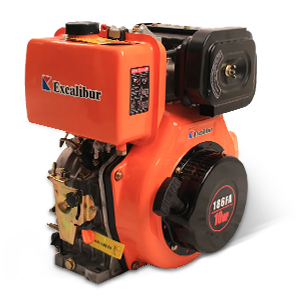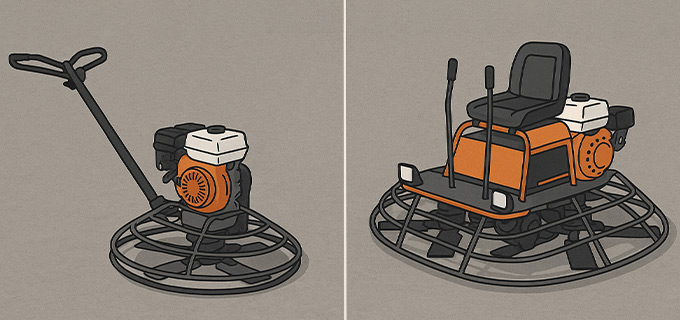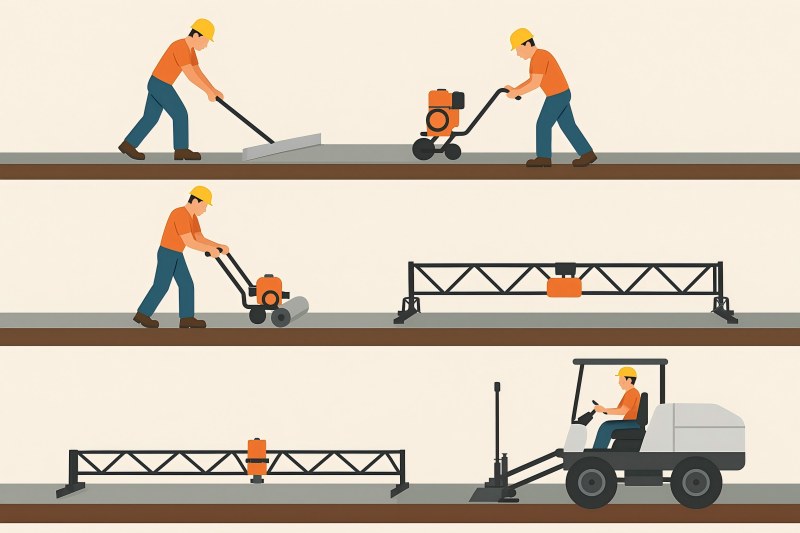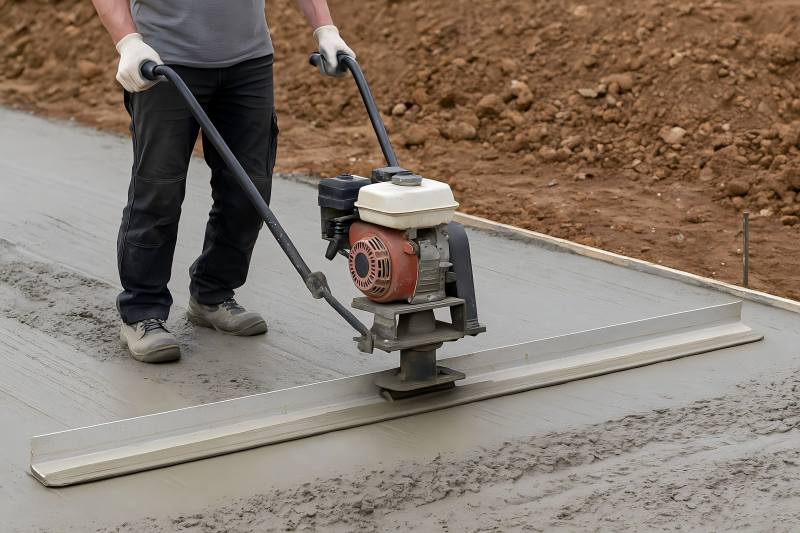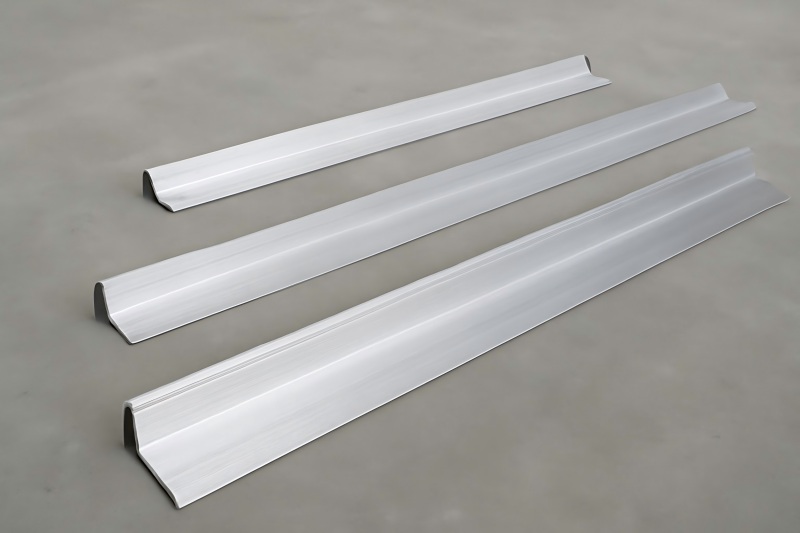Concrete finishing plays a vital role in construction, impacting the slab’s strength, longevity, and overall appearance. To achieve a smooth, level, and polished concrete surface, contractors often rely on power trowels, also known as power floats. These machines automate the backbreaking labor of hand troweling, allowing for faster and more consistent results. But when it comes to choosing the right equipment, contractors face a common dilemma: walk-behind vs. ride-on power trowels.
As a manufacturer of power trowels, one common question we hear is: Which type is better? The answer depends on various factors such as project size, labor availability, budget, finish requirements, and maneuverability. In this comprehensive guide, we’ll walk you through the key differences, benefits, limitations, and ideal use cases of both types of trowels to help you make an informed decision.
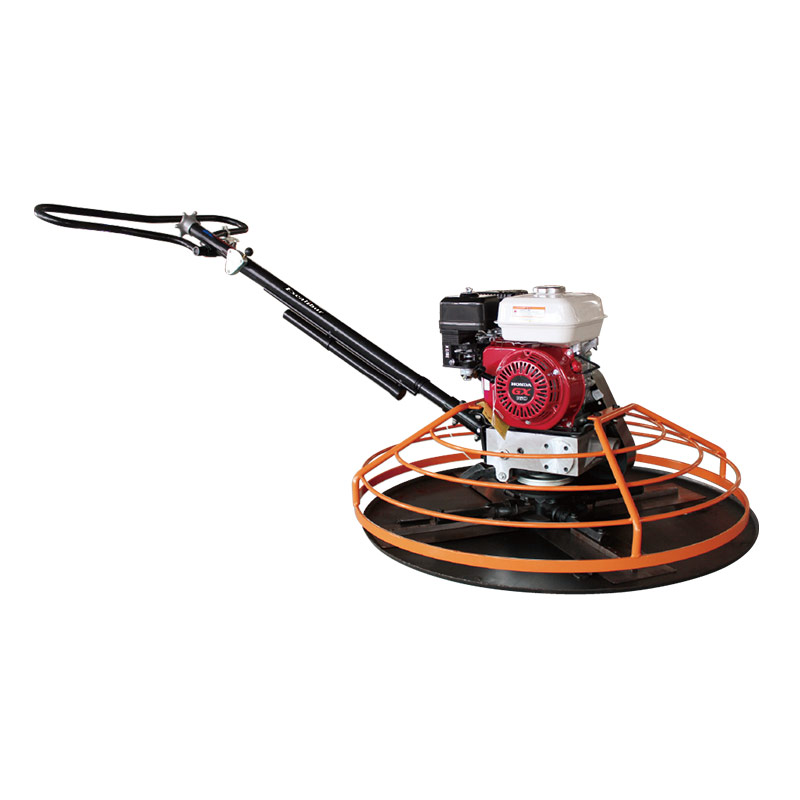
What Is a Walk-Behind Power Trowel?
With a walk-behind power trowel, a person walks behind the machine to guide it across the concrete surface. It typically features one or two rotors with troweling blades that rotate at high speed to finish the surface. Walk-behind trowels are available in a range of sizes, usually between 24 to 48 inches, and are popular for small to medium-scale projects.
Key Features:
- Single or twin-blade rotor
- Manual throttle control or dead-man switch
- Gasoline, diesel, or electric engines
- Lighter weight and easier to transport
- Suitable for confined areas and edges
Pros and Cons
| ✅ Lower initial cost | ❌ Lower productivity |
| ✅ Easier to maneuver | ❌ Labor-intensive |
| ✅ Simple operation | ❌ Operator fatigue |
| ✅ Lightweight design | ❌ Not suitable for large slabs |
| ✅ Low maintenance | |
| ✅ Portable |
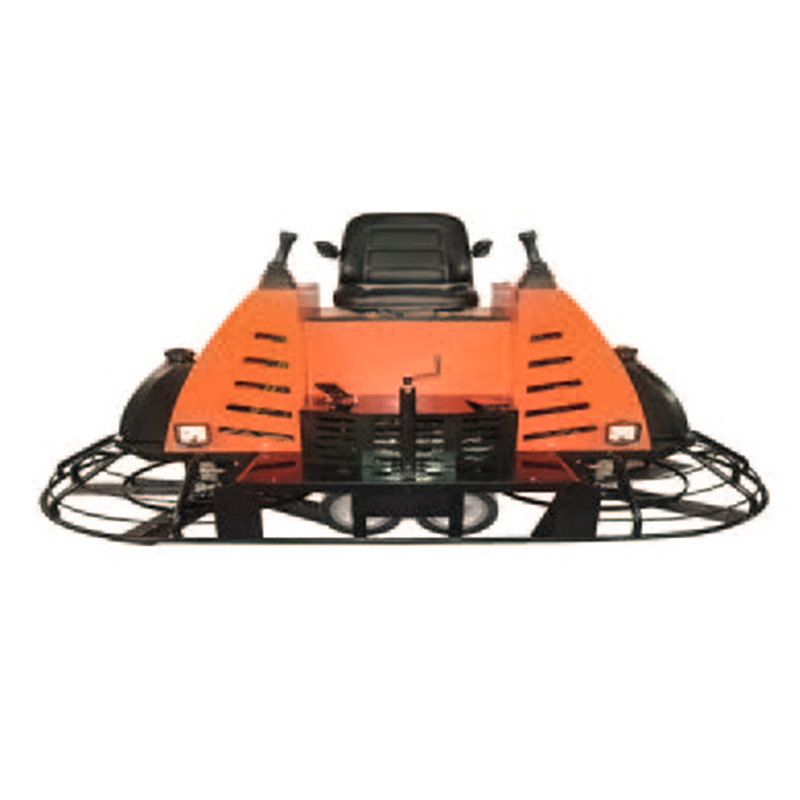
What Is a Ride-On Power Trowel?
A ride-on power trowel, on the other hand, allows the operator to sit and steer the machine using levers or joystick controls. These machines are equipped with dual rotors and are significantly larger, making them ideal for large-scale commercial or industrial floors.
Key Features:
- Operator-controlled steering from a seated position
- Twin rotors for wider coverage (typically 36 to 60 inches each)
- Hydraulic or mechanical steering
- More powerful engines (up to 35 HP or more)
- Ideal for covering large areas quickly
Pros and Cons
| ✅ High Productivity | ❌ High Cost |
| ✅ Superior Finish Quality | ❌ Large Size |
| ✅ Reduces Operator Fatigue | ❌ Requires Training |
| ✅ Dual-Rotor Options | ❌Higher Maintenance |
| ✅ Improved Efficiency |
Performance Comparison
Let’s examine how walk-behind and ride-on power trowels differ across several important criteria.
Surface Area Coverage
- Walk-Behind: Best suited for smaller pours under 3,000 square feet. With narrower blades, it requires more time and passes to complete the surface.
- Ride-On: Intended for huge spaces over 3,000 square feet. A dual-rotor ride-on machine can cover up to 10,000 sq. ft. per day.
✅ Winner: Ride-on (in terms of productivity)
Maneuverability
- Walk-Behind: Offers excellent control in tight spaces, corners, and around columns or forms. Ideal for intricate jobs.
- Ride-On: Struggles in confined areas and cannot reach edges. Requires follow-up hand troweling or a walk-behind for perimeter work.
✅ Winner: Walk-behind (for precision and tight access)
Speed and Efficiency
- Walk-Behind: Slower operation speed due to smaller size and manual control. Suitable for low-volume finishing.
- Ride-On: Significantly faster with broader coverage and higher blade speeds. Some models feature overlapping rotors for smoother transitions.
✅ Winner: Ride-on (faster completion on big jobs)
Finish Quality
- Walk-Behind: Provides consistent finishes when used by skilled operators but may be less uniform over large areas.
- Ride-On: Delivers a high-gloss, professional finish with overlapping rotor models, especially with float pans attached.
✅ Winner: Ride-on (for uniform, mirror-like finish)
Labor and Operator Fatigue
- Walk-Behind: Requires physical effort, especially over extended periods. Operator fatigue can affect finish quality.
- Ride-On: Reduces labor fatigue significantly, allowing operators to work longer shifts and focus on precision.
✅ Winner: Ride-on (for ergonomics and comfort)
Transport and Storage
- Walk-Behind: Lightweight, compact, and easily transported in smaller trucks or trailers.
- Ride-On: Larger and heavier, requiring forklifts or ramps for transport.
✅ Winner: Walk-behind (for portability)
Cost Comparison
Initial Purchase Cost
- Walk-Behind: Ranges from $1,500 to $4,500 depending on size, engine type, and brand.
- Ride-On: Typically priced between $10,000 to $25,000, with some advanced hydraulic models costing more.
Operating Costs
- Walk-Behind: Lower fuel consumption, simpler maintenance.
- Ride-On: Higher fuel usage and more complex components (hydraulics, dual engines) increase long-term maintenance needs.
Labor Costs
- Walk-Behind: May require multiple operators for large pours.
- Ride-On: One operator can efficiently cover large areas, minimizing the need for additional labor.
✅ Winner: Walk-behind (for lower upfront cost), Ride-on (for long-term labor savings)
Walk-Behind vs. Ride-On Power Trowel Comparison
| Feature | Walk-Behind Power Trowel | Ride-On Power Trowel |
| Operation Style | Manual (Walk Behind) | Seated (Ride-On) |
| Suitable Area Size | Small to Medium (<5,000 sq. ft.) | Large (>5,000 sq. ft.) |
| Coverage Rate | ~1,000–3,000 sq. ft./hour | ~5,000–10,000+ sq. ft./hour |
| Maneuverability | High in tight spaces | Limited in small or obstructed areas |
| Finish Quality | Moderate | Superior (due to weight and blade power) |
| Training Requirement | Low | Medium to High |
| Operator Fatigue | High (physical effort required) | Low (ride-on comfort) |
| Purchase Cost | Lower (typically $1,000–$5,000) | Higher (ranges from $8,000–$30,000+) |
| Maintenance Requirement | Simple | More complex |
| Best Use Case | Small slabs, residential work | Warehouses, industrial, commercial slabs |
When to Use a Walk-Behind Power Trowel
Optimal use cases for a walk-behind trowel include:
- Domestic or small business applications
- Slabs with complex edges or obstacles
- Small spaces such as sidewalks, patios, driveways
- Contractors with tight budgets
- Beginners or teams without specialized training
For instance, if you’re finishing a 1,200 sq. ft. residential garage slab, a 36-inch walk-behind trowel can effectively complete the task in a few hours without unnecessary investment.
Ideal Situations for Using a Ride-On Power Trowel
A ride-on trowel excels in:
- Large commercial or industrial floors
- Big-box retail stores, warehouses, factories
- Time-sensitive projects
- Jobs where top-tier flatness or FF/FL ratings are required
- Contractors working on regular, high-volume concrete pours
If you’re tackling a 20,000 sq. ft. warehouse floor with a tight deadline, a dual-rotor ride-on trowel can complete the job several times faster than walk-behind units—and with better results.
Operator Training and Safety
Walk-behind power trowels are relatively straightforward to operate, and most workers can get up to speed with minimal instruction. Key safety tips include:
- Avoid stepping on wet concrete too soon.
- Never place your hands or feet near rotating blades.
- Maintain a firm grip on handles.
Ride-on power trowels, however, require more skill:
- Operators must understand balance, steering, blade tilt, and throttle control.
- Misuse can lead to over-troweling, wave formation, or uneven finishes.
- Proper PPE and fall protection should always be considered, especially on large job sites.
Some manufacturers also offer training programs and operator certification for ride-on models, which can enhance jobsite safety and performance.
Reliability and Maintenance Needs
Walk-behind machines are simpler to maintain due to their reduced number of components. Regular checks include:
- Blade wear
- Belt tension
- Engine oil and filters
Ride-on models require more extensive maintenance:
- Hydraulic fluid levels
- Joystick or lever calibration
- Gearbox checks
- Cooling systems (on diesel units)
Choosing a machine with easy-access maintenance panels and readily available spare parts is key to minimizing downtime.
As a manufacturer of concrete finishing equipment, we understand the diverse needs of modern contractors. We provide a complete selection of walk-behind and ride-on power trowels, engineered for lasting durability, high performance, and operator comfort.
Whether you’re leveling a backyard slab or polishing a warehouse floor, we’ve got the right machine for the job.
Get in touch with us to discover the right model, customization options, and support we offer after your purchase.

